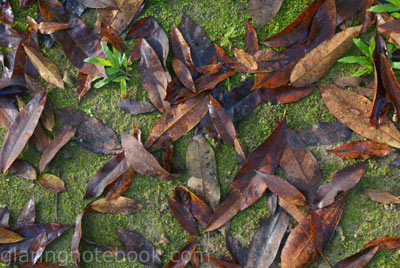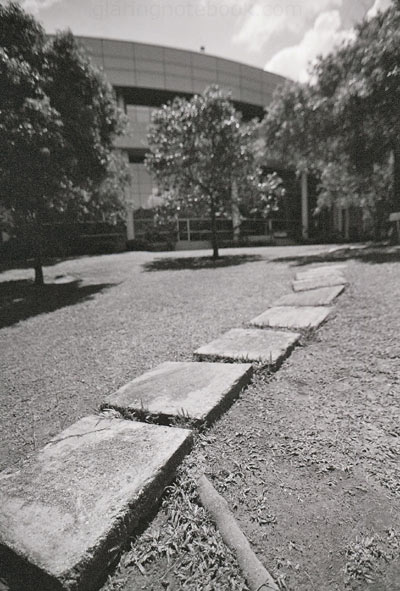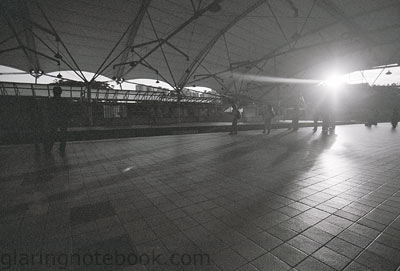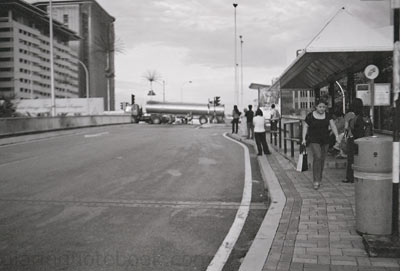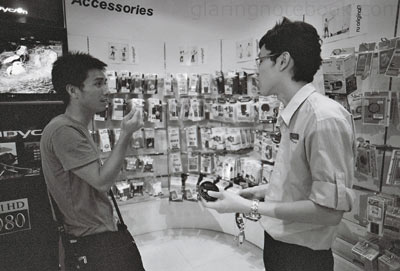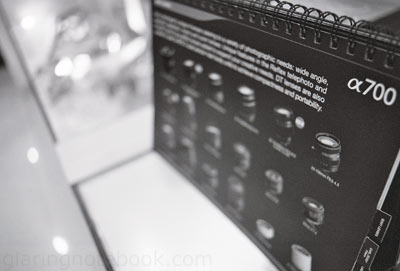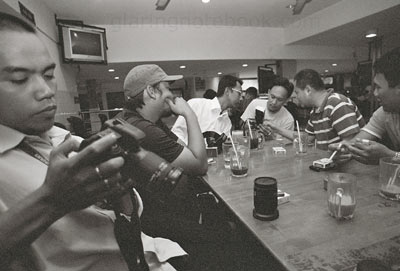
And now, to document my latest addition – the Carl Zeiss Jena Flektogon 35mm F2.4 MC M42 lens!

It only has the DDR coating, but I pimped it with a Sony Carl Zeiss T* MC Protector 49mm filter.

This makes my primes a whopping quintet.
From left, back row: Peleng 8mm F3.5 circular fisheye in M42, Vivitar 24mm F2.0 DIY Tilt-Shift, Carl Zeiss Jena Flektogon 35mm F2.4, Industar 61L/Z 50mm F2.8 in M42, Minolta 50mm F1.4 Original.
From left, front row: Tamron 1.4x teleconverter, Kenko 1.5x teleconverter, Kenko 2x teleconverter, Tamron 2x teleconverter (with broken screw-drive, that aids manual focusing.)

That makes this a possibility: Tamron 200-400mm F5.6, Tamron 2x, Kenko 1.5x, Kenko 2x, Minolta Dynax 7. The Kenko 2x and Tamron 1.4x are strangely particular as they have a notch in front which disallows teleconverters from being put in front, which is why only one of them can be behind the lens. This combination makes a 400mm + 2x + 1.5x + 2x = 2400mm F32 lens, or 3600mm-like view in APS-C.

Oh yes, and my zoom lineup from left to right: Sigma 17-35mm F2.8-4 EX, Vivitar Series 1 28-105mm F2.8-3.8, Sigma 70-210mm F4-5.6, Cosina 70-210mm F2.8-4 1:2.5x Macro, Minolta 70-210mm F4 beercan, Tamron 200-400mm F5.6.

The Sony CZ MC Protector has sweet packaging!

Complete with a spring-loaded case.

And now, for some flare tests. Left to right: Toshiba Skylight SL-1A, Hoya HMC UV(N) (cheapo one), Sony Carl Zeiss T* MC Protector, all in 49mm filter thread size.

The Toshiba fares worst, with ghosting and flare; the Hoya does well with ghosting (reduced green inverted image of the flash) but keeps some flare; the CZ is examplary with flare and keeping contrast but keeps some ghosting. All tested with the flare-ful Minolta 50mm F1.4.
I also tried once against the Hoya Pro1D but that wasn’t conclusive as it was a 55mm one whenever I held the filter in front of the lens, the angle I was holding it at, changed quite a bit… and that little change can introduce flare. So to be fair I’d have to test again with a tripod!

Anyway, what I like about the Flektogon, as I’ll now refer to it, is how close you can get to anything! A record-breaking 19cm! That’s something no auto-focus lens does.
All the Carl Zeiss Flektogons were noted for close-range focus. Heck, Carl Zeiss is still doing close focus in fashion – the Sony Carl Zeiss 135mm F1.8 ZA for Sony/Minolta mount does 72cm close!
The Canon 135mm F2.0L USM does only 90cm close. Their 70-200mm F2.8L IS USM also does 1.5 meters close (and so does the Nikkor 70-200mm F2.8 VR) while the Minolta and Sony 70-200mm F2.8 G SSM does 1.2 meters close! The Minolta 70-210mm F4 beercan does 1.1 meters close, while the Tamron and Sony 55-200mm F4-5.6 DT do 95cm close.
Why does the minimum focus distance matter when none are any substitute for a true macro lens?
Because you can use it in really tight spaces. 1.2 meters means you don’t have to get out of your seat to shoot somebody sitting at the same small table. 1.5 meters forces you to.

Maximum magnification is 2.29x (55mm/24mm APS-C frame size). These tests should be shot wide open.
Speaking of which, I got the Flektogon for real cheap because it had a broken aperture ring which was loose and didn’t change the aperture. The M/A switch was also loose, and so was the pin.

One of my very first shots, with Eiraku, who was buying a Volna-9 50mm F2.8 from the same seller. Note the blue fringing, which is the only optical weakness of this lens.

35mm on APS-C is like the lovely 50mm on full-frame – neither wide nor tele, and very natural to our eyes.

You could just point at anything you see and the 35mm would frame it nicely.

Another plus or minus point of the Flektogon was that it was typical Zeiss – overcontrasty, with a tendency to burn mids and overexpose highlights in out-of-focus areas. Note the white shirt.

And now, for some comparisons of close-up range power…

…and more.

Yes, the last example came out of this whopper. The extension tubes in the middle made it easy to hold like some sort of lightsaber.

50mm primes from left to right: Volna-9 50mm F2.8, Industar 61L/Z 50mm F2.8, Minolta 50mm F1.4 Original, Minolta 50mm F1.7 Re-Styled.

The Volna-9 and Industar 61L/Z share the same star-shaped iris between F5.6-8.

And one more, from the front.

My favorite shot from the Flektogon. There’s just a certain 3D-ness about it, and it renders flare very pleasingly (this was without a filter when I just got it.)
Click here for a large, large version. Click already, dammit!


















